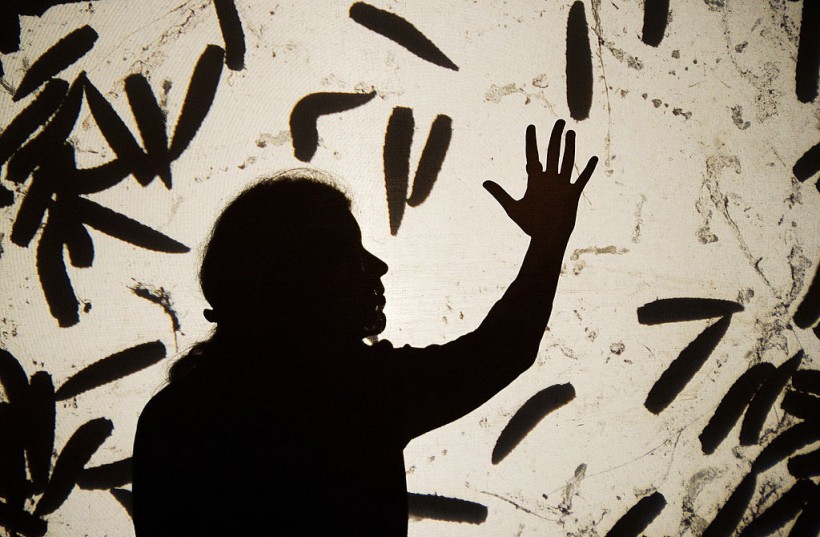A woman who had just traveled across Central and South America discovered a botfly larva crawling out of a cut on her arm five weeks after her travel.
The woman had two lesions on her left wrist, which she said were brought on by a mosquito bite, according to the case report published in the British Medical Journal (BMJ).
According to a Newsweek report, the unnamed woman said: "In the first week I felt extreme itchiness and shooting pains down the length of my forearm."
The woman added that the bumps grew and remained red/inflamed over the first two weeks. The itchiness started to subside, but the pain continued.
Woman Finds White Maggots Living in Her Arm For Months
The woman said, "Pus and a clear, yellowish liquid would leak out of the two bumps, and the bumps were hard to the touch. I never saw anything move, nor was I suspicious of anything growing under my skin." in the Patient's Perspective part of the BMJ article (per NDTV).
The woman saw a scab in the afflicted area more than a month after the lumps had appeared. She said she plucked it off "mindlessly" and squeezed the other lumps. At that moment, a larva's tail protruded from a large wound in her skin.
It was found that the larva belonged to a botfly. Native to the Americas, botflies are parasitic flies. They are also gadflies, heel flies, and warble insects.

A woman poses with a projection of live maggots on a screen, in Paul Insect's "Maggot Planet" installation, at the "Hell's Half Acre" exhibition at the Old Vic Tunnels in south London on October 11, 2010. The Lazarides Gallery has collaborated with the Old Vic Tunnels to convert the unused railway arches into a large-scale evocation of Dante's Inferno. The exhibition is free to enter and runs until October 17. Photo was taken on October 11, 2010.
According to Newsweek, the only species of botfly that parasitizes humans is Dermatobia hominis, which is common across South and Central America.
The lifespan of the human botfly is remarkable, according to Robert A. Schwartz, professor of dermatology at Rutgers New Jersey Medical School, quoted in Newsweek.
According to Mr. Schwartz, the female botfly embeds several eggs on a blood-sucking insect like a mosquito, fly, or tick using a paste-like material created by the botfly itself. The warmth enables the botfly egg to hatch when the particular arthropod touches a person.
Other Cases of Boteye Infection
Another case, made available online in The New England Journal of Medicine, mentioned that a 53-year-old Frenchman experienced an itchy sensation in his right eye for many hours.
According to the report, he informed physicians that earlier that day, while gardening near a farm with horses and lambs, he felt something enter his eye.
The patient had "more than a dozen mobile, translucent larvae" on his cornea and conjunctiva, according to the study's authors from the University Hospital of Saint-Etienne in France, who conducted the eye examination.
According to the authors, the individual had external ophthalmomyiasis, or "an infestation of the outer structures of the eye by fly larvae,"
The organisms must be physically removed from the eyeball to treat the ailment. Physicians used forceps to remove the larvae in one instance.
According to the University of Florida, the creatures were found to be sheep bot flies, also known as Oestrus ovis, a fly that may infect sheep worldwide with parasites.
RELATED ARTICLE: New 'Incredibly Rare' Insect Species Discovered, Leafhopper's Closest Relative Last Seen in 1969
Check out more news and information on Medicine and Health in Science Times.














